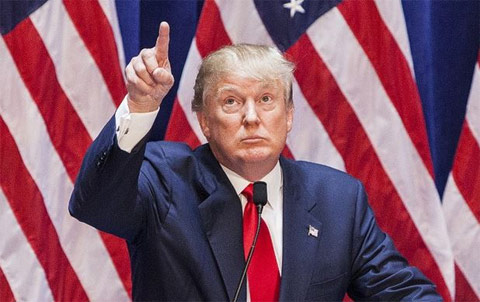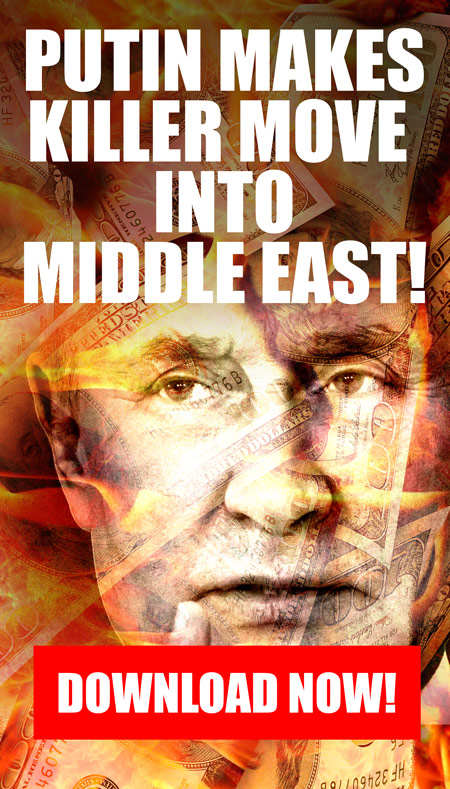This article was originally published by Tomas Forgac at the Mises Institute.

Central bank digital currencies (CBDC) are being sold with the narrative of protecting consumers who are increasingly moving to cashless payments. Some say that these cashless payments will rob us of the privacy advantages of cash while exposing us to bank runs, payment network blackouts, and foreign financial adversaries.
Yet while these risks are real, they would be negligible had it not been for the central banking and financial regulators’ interventions into the market. CBDCs make these interventions worse and introduce some new, much bigger ones.
Design Implications
While the stated intention behind CBDCs is to keep the commercial banks in the picture, these digital currencies will bring their end-users closer to the central banks. This is because blockchains and blockchain-inspired distributed ledger technologies are built on a single common ledger, which is distributed either in a permissionless or permissioned manner. The permissionless distribution exposes a lot of information about the network participants but in combination with proof-of-work verification makes it very difficult for an adversary to attack and overtake the network and, e.g., change the inflation rate.
A permissioned network with no proof-of-work or similar consensus algorithm not only doesn’t provide the immutability feature but by having a single permissioned ledger gives potential control to those who grant the network privileges. As a result, the central bank as the ultimate permission issuer would have much stronger control over the monetary system and payment network than it has right now. This gives the central banks three very dangerous capabilities.
Helicopter Money
The reason why we’ve seen such an elevated business cycle over the past century is the central banking fiat money system. Unnatural expansion of the money supply causes booms, which are unsustainable, and markets try to clear them when they are exposed as such.
Economists of the Austrian school understand that the boom is the real problem and the economic crisis is the necessary and positive cleansing mechanism. Unfortunately, the (neo-)Keynesian response to such an event is to prop the markets up by further monetary interventions.
The problem is that the current design of the banking system requires the intermediary role of commercial banks in issuing credit to businesses. Central banks get frustrated when the commercial banks exercise caution in an economy that hasn’t fully cleared the previous misallocations and hasn’t brought prices of capital goods to more sustainable levels. Needless to say, commercial banks’ cautious approach to consumer credit in a period of growing unemployment doesn’t align well with the central bank’s goals either. During the covid crisis, the governments managed to an extent to get around these hurdles by issuing benefits en masse, but those are complicated by logistics, bureaucracy, or legislation. Since the predominant Keynesian narrative is that spending drives the economy (hint: it doesn’t—capital investments do), the central banks would like to spur more consumer spending by issuing money supply directly to consumers.
With closer integration of the monetary spigot and the end consumers and businesses, the central bank can much more easily issue credit or just outright cash-outs to the private individuals and commercial entities by simply “airdropping” new tokens to the existing users. They would not even compromise their stated intention of keeping the commercial banks in the picture—they would still serve as custodians of the token keys and even have the ability to issue credit along the traditional lines.
This would lead to disastrous consequences. Economies get easily addicted to central banks’ dope. With every new crisis, the chief monetarists have had to increase intervention doses the same way as junkies have to do with their drug of choice. As with every addiction, the longer it lasts and the stronger it grows, the more difficult it is to cure. And while monetary overdoses such as we’ve seen in Zimbabwe or Venezuela might not come for a long time, if ever, junkies don’t perform well, as Japan’s three lost decades of Bank of Japan (BOJ) interventions have demonstrated.
Negative Interest Rates
Hoarding is evil—or so the modern monetarists’ narrative goes. In the Keynesian framework, there is no space for the function of cash as a hedge in times of uncertainty. Savings are just money that doesn’t work in spurring the miracles of spending- and money supply–driven economic growth. Negative interest rates, then, are potentially the most effective method of preventing hoarding—by incentivizing savings account holders to spend their depreciating balances. Currently, the central banks have to rely on commercial banks to pass the negative interest rates on to their customers, but commercial banks instead are trying to convince the account holders to move their deposits from negative-yielding accounts to interest-yielding products and are consuming the negative rates on most of the outstanding cash balances.
With the central bank tokens being tied more tightly to their issuance authority, it would be much easier for the monetary interventionists to impose negative interest rates on all tokens in circulation. This would certainly increase the consumers’ and businesses’ propensity to spend and would also drive asset prices up as people tried to offload their cash savings. But to think of this as something beneficial is foolish. It was massive spending, record-low savings, and unsustainable asset valuations that led to the credit bubbles and crises of the past decades. To think that more of the same recipe will lead to a different, let alone better, outcome is ludicrous.
Financial Surveillance
The final major implication of cash tokenization is the potential it creates for financial surveillance. The central banks are ostensibly introducing digital tokens to protect people’s privacy in the face of those reducing their anonymous cash usage. But the idea that a branch of government that imposes KYC/AML rules on existing crypto token platforms, limits physical cash use to prevent tax avoidance, and uses financial surveillance to catch nonviolent “criminals” cares about our privacy is laughable.
They’re not even hiding the fact that tokenization of money would allow them to run what they call “data analytics.” To think that they would not make the leap from aggregate analytics to individual data processing would be naïve.
It’s not a coincidence that China is the global leader in CBDCs. The surveillance potential of centralized tokenization is extremely attractive to a government that tries to keep tabs on every aspect of the lives of their underlings.
Pro-CBDC Arguments Are Misleading
The proponents of the central banking tokens argue that consumers need to be protected against targeted attacks on a country’s payment network. While such a risk exists—for example, if a country like Switzerland tried to provide anonymity for foreign depositors (as it used to) and as a result Visa and Mastercard were pressured to shut down their payment networks for the country—if it materializes, the economy can always temporarily revert to cash, supported by a vast network of local ATMs and bank branches.
If anything, the biggest attacks on monetary exchange in the Western world have come from the governments themselves suspending or limiting cash withdrawals in times of liquidity crises, as was the case in Cyprus or Greece (not to mention that central banks themselves caused those crises with their credit bubbles of the preceding periods).
The argument about the protection of consumer privacy doesn’t pass the laugh test considering the history of continuous erosion of financial privacy by central banks and financial regulators.
CBDCs Will Come and Will Make Things Worse
In conclusion, the reasons why central banks champion CBDCs are the strongest reasons for which people should oppose the transition toward them. But while the pretense of an investigation into fiat money tokenization gives the impression of there being a debate on the topic, the reality is that there is no debate: the digital currencies will go through and give central banks more control than they had before with all the disastrous consequences such control brings.










You have to be a complete moron to not know this….
Buy silver.. It’s cheap.
You have to be a complete moron to not know this….
There be a lot of those out there. And most have made that personal decision to be oblivious to the dangers at hand (in more than one subject).
cascittuni
where my check?
Bichcoin was rolled out to test the waters for Lucifercoin or CBDC as you call it.
There’s been no privacy from jumptown….just a long list of names waiting to be picked off intermittently.
Would the fed get involved in underworld activity just to establish early dominance in digital?
Does a San Franciscon panhandler shit n the streets?
That’s exactly what they did.
As stated in the article…regardless what anyone thinks …figital is coming. The pilot program was a success.
and most important of all CHINA IS DOING IT.
The point of digital currencies is that they are autonomous, like gold which speaks all languages, or even cash. Governments that can control the value of your wealth own you. A medium of exchange completely uncontrolled by any bank or government is not what we will get from a Central Bank.
Central banks, fiat paper and digital “currencies”, corporations and political parties are all signs of societal devolution.
Beam me up Scottie, there really is no intelligent life down here.
There is never an option for responsible ownership under a benevolent dictatorship.
Cash is King.
I do believe the people that lived in the Weimar republic would disagree with you.
They used deflated cash for wallpaper. They burnt cash to keep warm. They used wheelbarrows of cash to buy bread.
Physical commodities are king — gold, silver and other items that are not easily stolen from you by “governments” or other criminals.
HYIP’s and Ponzi’s remain a legal privilege, held by the state, on behalf of it’s favorites.
But, a slave is indebted for his right to exist.
Without regulatory capture, willful collapse, and absolute corruption, any algo might have been adequate, in which the social parasites draw lightly.
Every modern country performs the same mental gymnastics, without collapsing, outrightly.